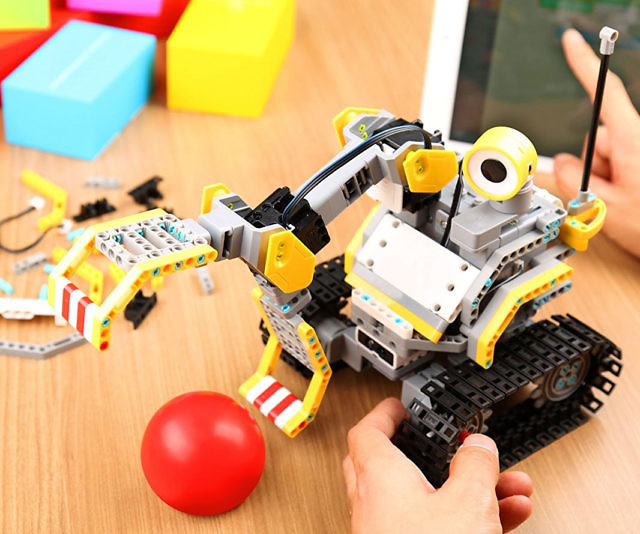
Homemade robots are a fascinating and rapidly growing field within the world of robotics. These robots, often built by individuals or small teams outside of the traditional industrial or research settings, showcase the power of creativity, ingenuity, and hands-on learning. From simple, whimsical creations to advanced, functional machines, homemade robots provide a unique platform for innovation and exploration.
The Rise of DIY Robotics:
In recent years, the popularity of homemade robots has surged. The democratization of technology, open-source hardware and software, and the availability of affordable electronic components have made it easier for enthusiasts, hobbyists, and tinkerers to delve into the world of robotics. The DIY (Do It Yourself) spirit is at the core of this movement, empowering individuals to take control of their learning and creation processes.
The Components of Homemade Robots:
Homemade robots can be constructed using a wide range of components, including:
Microcontrollers and Single-Board Computers: Platforms like Arduino and Raspberry Pi serve as the brains of many homemade robots. They allow for programming and control of various sensors and actuators.
Sensors: Sensors such as ultrasonic, infrared, and cameras provide robots with the ability to sense their environment, avoid obstacles, or follow specific paths.
Actuators: Motors, servos, and wheels are used to create movement and perform tasks. These can range from simple wheels for mobility to complex arms for manipulation.
Power Sources: Batteries or rechargeable power sources are essential for untethered operation.
Mechanical Components: Materials like plastic, metal, or 3D-printed parts are used to create the robot's physical structure.
Programming: Learning to program is a crucial aspect of building homemade robots. It involves coding the robot's behavior, decision-making, and interactions.
Applications of Homemade Robots:
Homemade robots can serve various purposes, including:
Educational Tools: Homemade robots are excellent educational tools, teaching principles of robotics, electronics, and programming to students of all ages. They provide hands-on learning experiences that foster problem-solving skills and creativity.
Artistic Expression: Some homemade robots are designed to be purely artistic or entertaining. They can create intricate drawings, play music, or engage in dance performances, showcasing the fusion of technology and art.
Practical Tasks: Many homemade robots are built to perform practical tasks. These range from home automation, cleaning, gardening, and even assisting individuals with disabilities.
Exploration: Enthusiasts often build robots for exploration, such as remote-controlled rovers for environmental monitoring or underwater robots for marine research.
Challenges and Learning Opportunities:
Building homemade robots comes with its own set of challenges. Assembling components, programming, troubleshooting, and optimizing performance can be daunting tasks. However, these challenges offer valuable learning opportunities, encouraging individuals to develop problem-solving skills and gain a deeper understanding of robotics.
Community and Collaboration:
The DIY robotics community is thriving, with enthusiasts sharing their creations, experiences, and knowledge. Online forums, maker spaces, and robotics clubs provide platforms for collaboration and support. Open-source projects and shared code repositories make it easier for newcomers to start their own robot-building journeys.
Conclusion:
Homemade robots represent a compelling intersection of technology, creativity, and education. They offer a diverse array of opportunities for learning and innovation. Whether you are a student looking to gain practical experience, an artist seeking to merge technology and creativity, or simply a curious individual eager to explore the world of robotics, building homemade robots is a rewarding and intellectually stimulating endeavor.
While this article provides information and insights into the world of homemade robots, it's essential to remember that safety, ethical considerations, and responsible use of technology are vital aspects of this field. Additionally, respecting intellectual property and copyright when using open-source projects and code is crucial.
